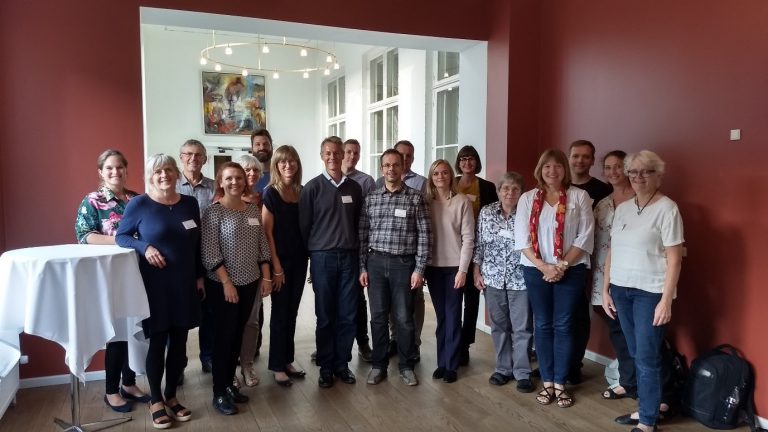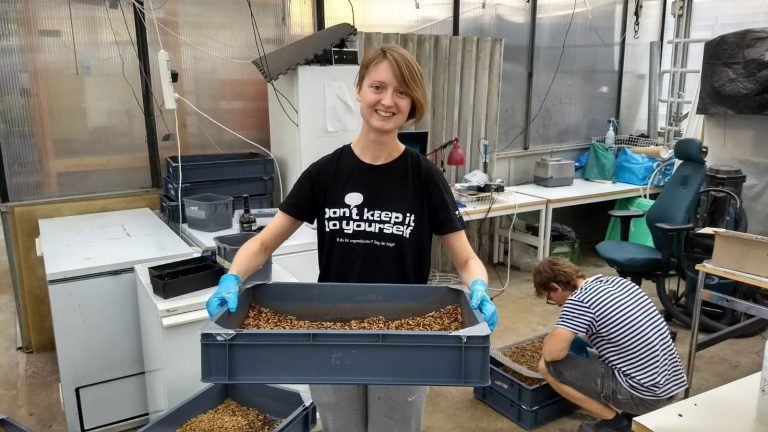
On the 12th of March we had a visit from our colleagues at the Norwegian Institute of Bioeconomy Research (NIBIO). On the visit came Trond Mæhlum, Bente Føreid, Thorsten Heidorn and Anders Enoksen. From our group Björn Vinnerås, Jennifer McConville and Cecilia Lalander joined. We presented about our different ongoing projects on safe nutrient recycling: Björn presented on urine drying and Cecilia on fly larvae composting while Jennifer presented her work on the readiness of the Swedish wastewater sector for a technology transition. We were updated on an ongoing project on sustainable and circular urban farming systems that is a collaboration between stakeholders in Europe and China (Sino-European innovative green and smart cities). We were happy to know that the delegation from Norway come to visit us for inspiration on possible technologies. We hope that we in the future will be able to collaborate on some of these exciting technologies.
Contact: Cecilia Lalander



 Foto: Viktoria Wiklicky
Foto: Viktoria Wiklicky Foto: Evgheni Ermolaev
Foto: Evgheni Ermolaev